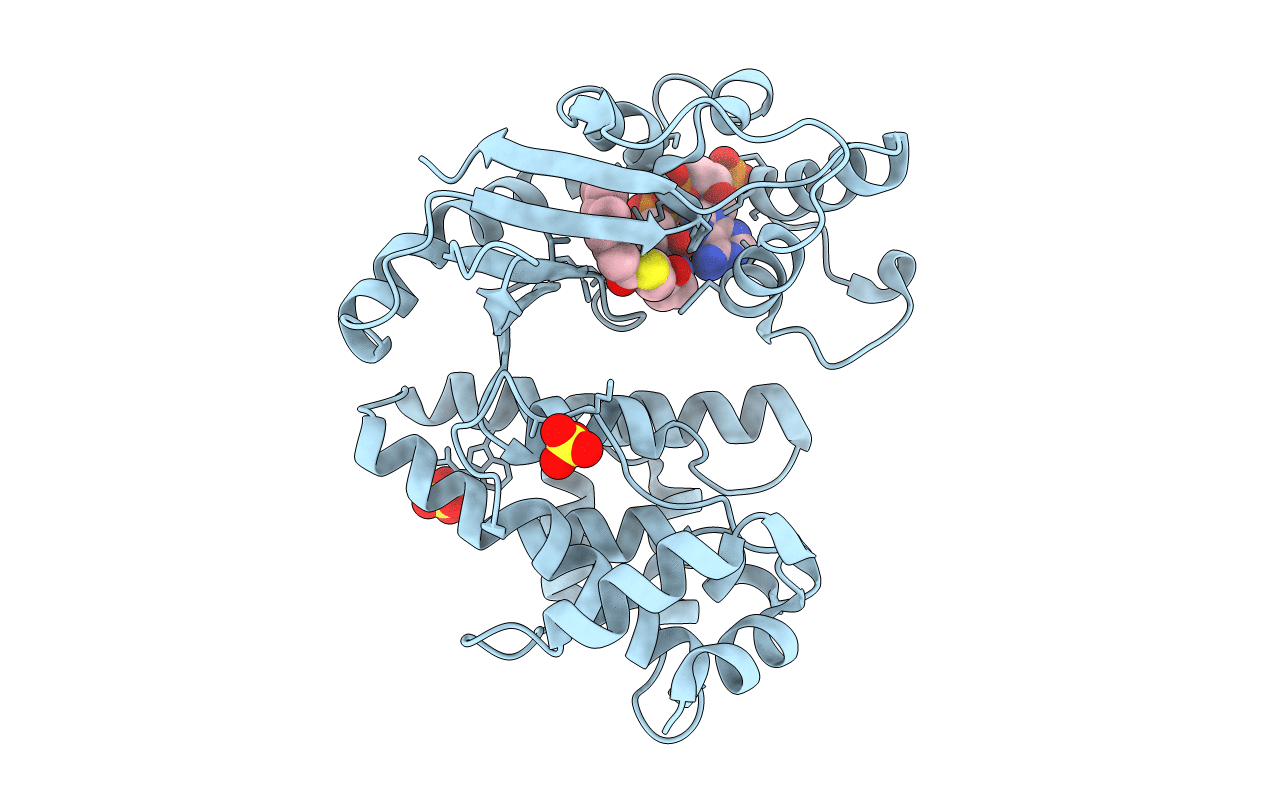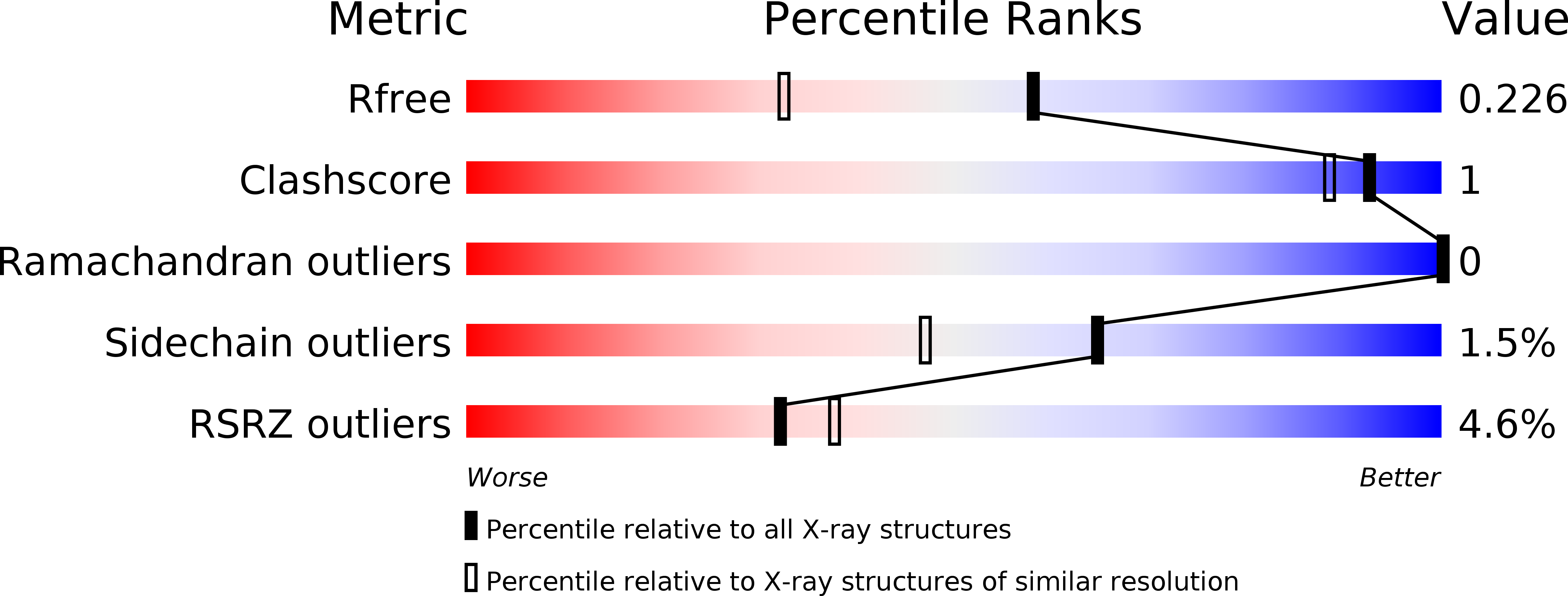
Deposition Date
2018-10-08
Release Date
2019-10-09
Last Version Date
2023-11-22
Entry Detail
PDB ID:
6IIX
Keywords:
Title:
The crystal structure of acyltransferase mutant, orf11*-W163A, in complex with octanoyl-CoA
Biological Source:
Source Organism:
Actinoplanes teichomyceticus (Taxon ID: 1867)
Host Organism:
Method Details:
Experimental Method:
Resolution:
1.73 Å
R-Value Free:
0.21
R-Value Work:
0.18
R-Value Observed:
0.19
Space Group:
P 65


